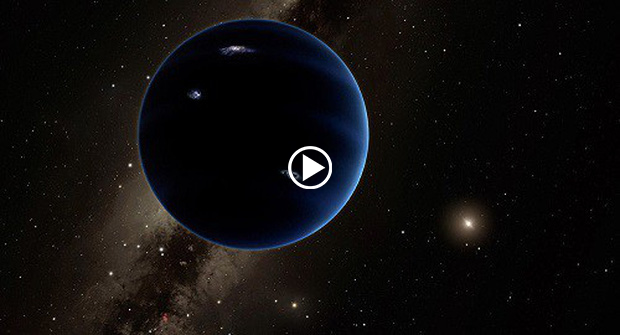The new moon, named Hippocamp (after a mythical sea creature) measures 34 km in diameter, has a closed orbit around Neptune once a day.
Hippocamp is one of the 7 minor moons that revolve around Neptune once a day. When the Voyager 2 spacecraft was sent into space in 1989, it detected 6 small moons in Neptune’s orbit but missed Hippocamp due to blur and optimal camera angles.
After 30 years, a team of senior researchers from the SETI (Search for Extraterrestrial Intelligence) institute led by Mark Showalter identified Hippocamp on images taken by the Hubble Space Telescope. The team published their results in the journal Nature yesterday (February 20).
Dr Showalter and his colleagues used a new specialized image processing technique that improved the sensitivity of the Hubble camera. This method increased the exposure time beyond the limit imposed by image smearing caused by the Moon’s orbital motion, allowing researchers to see the inner moons despite the rapid speed, and they quickly revolve around Neptune. .
Scientists believe the new moon formed after a comet collided with Proteus – the largest moon in Neptune’s orbit and 4,000 times the size of Hippocamp. The discovery of the tiny Hippocamp helps to enrich humanity’s understanding of the history of the Neptune system. This discovery brings the total number of satellites orbiting Neptune to 14. Besides the 7 small moons in regular orbit, the 7 other satellites of Neptune are more distant and have irregular orbits.


